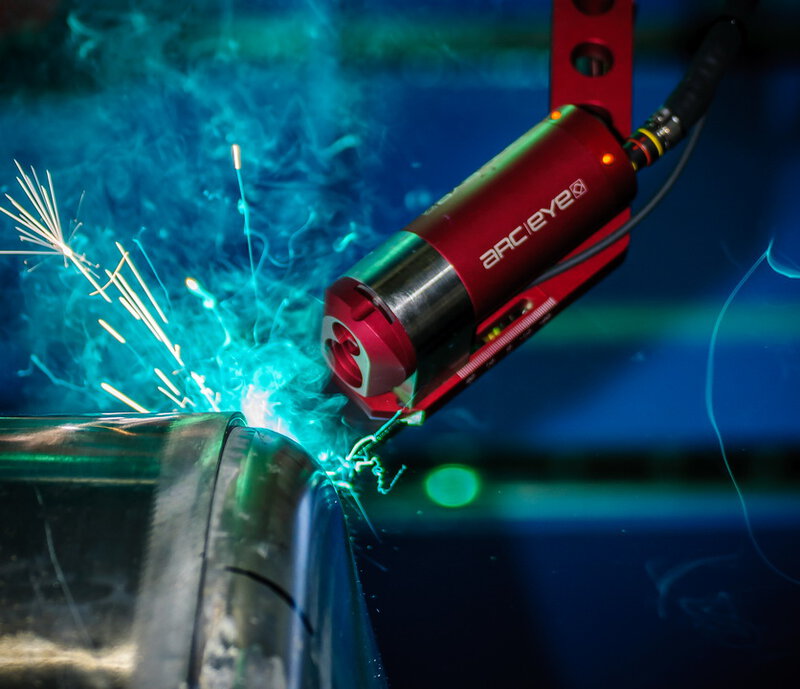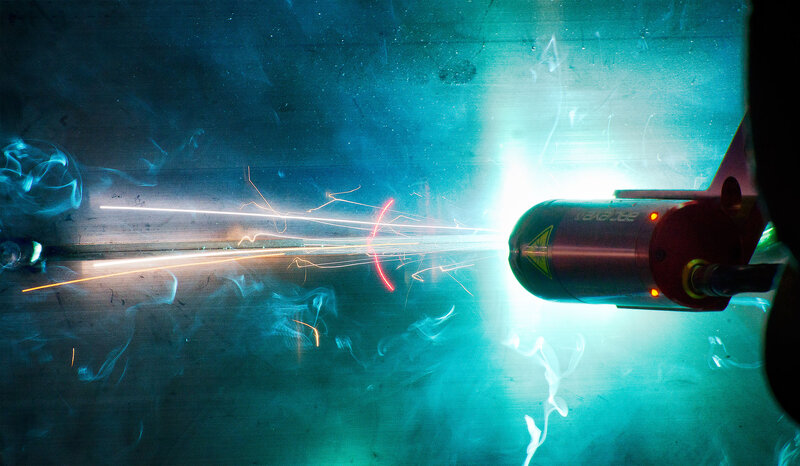An ordinary welding robot simply does what it has been taught and, like a welder, does not look at the real situation itself. If we equip the robot with a seam tracking system such as the Arc-Eye CSS laser camera, the robot can perfectly detect the position deviations of the weld seam and adjust the robot's trajectory in real time. So does a manual welder.
However, in practice it is often not only that the position of the weld deviates, also the geometry of the weld can deviate. This can be due to a varying front opening, a deviating weld seam preparation, a deformation caused by the welding process itself. A small deviation can quickly lead to a volume deviation of 40% to 80%. This means that much more welding material is needed and probably also a different way of welding. A manual welder does this spontaneously, but a welding robot does not. Until today!


